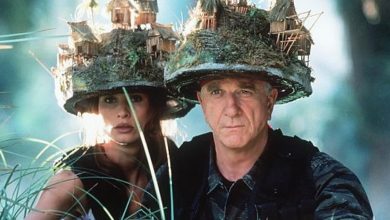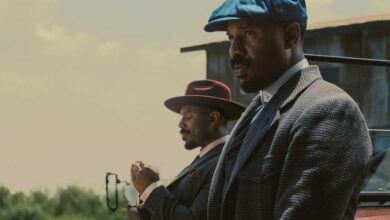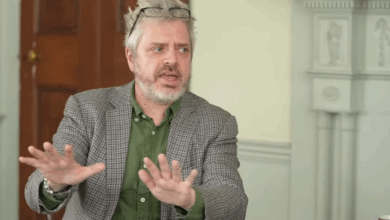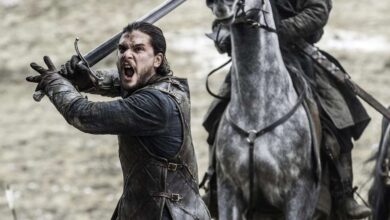Casablanca: How Chaos and Improvisation Created a Timeless Classic
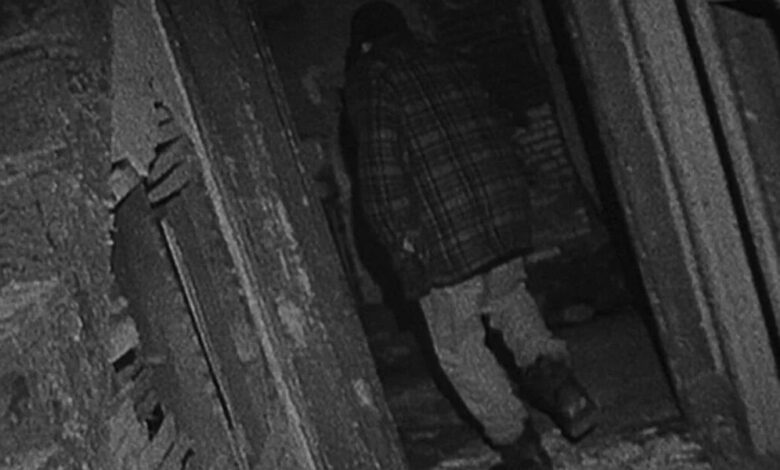
Few films in history embody the magic of cinematic improvisation quite like Casablanca (1942). Despite being one of the greatest films ever made, its production was plagued with unfinished scripts, wartime restrictions, and chaotic filming conditions. Ironically, this creative disorder became the secret ingredient that elevated Casablanca into a timeless masterpiece.
The Chaotic Scripting of Casablanca
Casablanca began as an unproduced play titled Everybody Comes to Rick’s by Murray Burnett and Joan Alison. The screenplay passed through the hands of Julius and Philip Epstein, Howard Koch, and Casey Robinson, with each writer shaping arcs, dialogue, and romantic tension. Despite this, filming started in May 1942 without a fully bound script.
Warner Bros. bought the play’s rights for $20,000 (around $370,000 today), determined to rush the film into production during World War II. The climax — a love triangle between Rick, Ilsa, and Laszlo — was undecided for most of the shoot, leaving both Humphrey Bogart and Ingrid Bergman unsure of their characters’ fates until filming the final scenes.
Resourceful Filmmaking Amid Scarcity
The war forced the studio into creative solutions:
-
The iconic airport climax was shot on a soundstage with a cardboard airplane instead of a real one.
-
Most of the film used recycled Warner Bros. sets, except for Rick’s Café.
-
Many extras playing refugees were actual refugees, adding authenticity.
This blend of necessity and ingenuity gave the film a unique realism despite its limitations.
Improvisation in Acting and Storytelling
The unfinished script infused real ambiguity into the performances:
See More ...
-
Bergman, uncertain whether Ilsa would end up with Rick or Laszlo, played her role with genuine confusion and longing.
-
Bogart, in his first romantic lead role, avoided over-rehearsing and delivered a raw, unscripted performance.
-
Their chemistry on screen felt electric — so much so that Bogart’s wife reportedly suspected he was having an affair with Bergman.
The improvisational approach mirrored the uncertainty faced by the characters themselves, making their romantic tension authentic and timeless.
Casablanca’s Enduring Impact
At its core, Casablanca is more than a love story — it is a tale of sacrifice, morality, and duty against the backdrop of war. Rick’s transformation from detached nightclub owner to reluctant hero reflects America’s own moral awakening during WWII.
While some critics also regard it as a wartime propaganda film, others — like Umberto Eco — declared it “not just a movie, it is THE movie.”
What could have been a chaotic failure instead became one of the most celebrated films in cinematic history. The combination of unfinished scripting, resourceful production design, and improvisational acting transformed Casablanca into an enduring classic that continues to resonate with audiences across generations.
